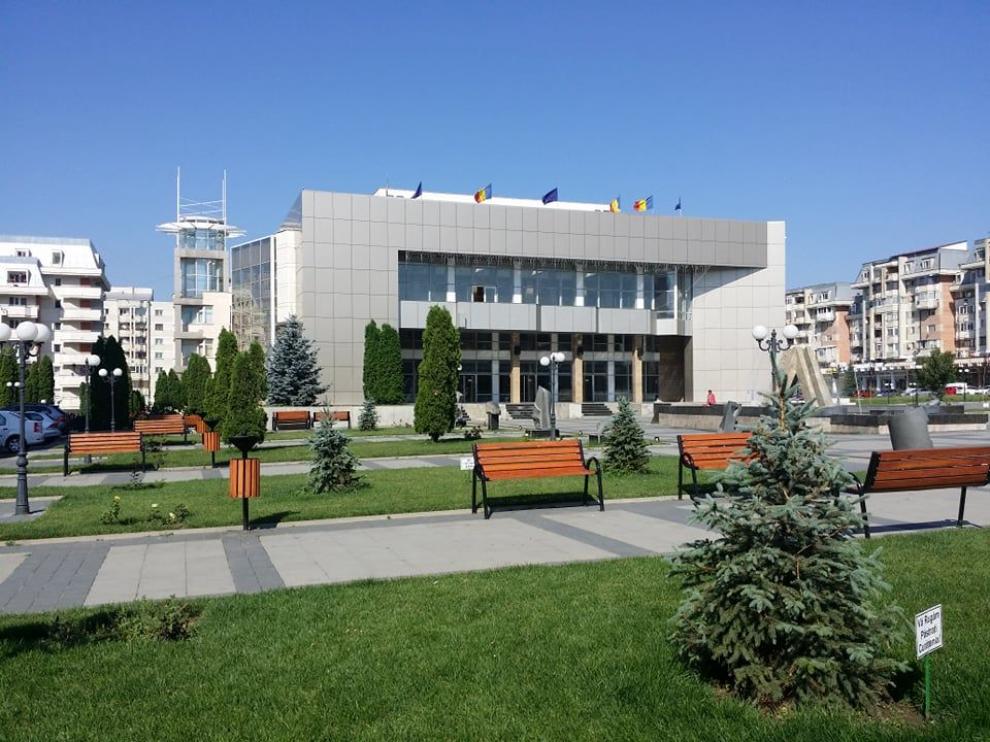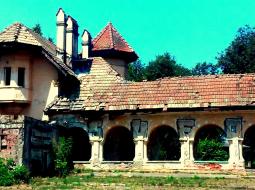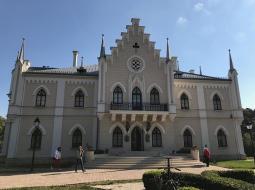Thessaloniki gets ready for its metro launch in November
The underground rapid transit lines have been under construction for almost two decades due to various project delays
 TheMayor.EU logo
TheMayor.EU logo 
In 1845, there were 17 Jewish families living in Paşcani. Numbering 85 persons, they were among the founders of the town and were involved in timber, cereal, and the cattle business. Many Jews from neighboring towns attended fairs in Paşcani and the extension of roads and the building of railways contributed to its economic development. Jews built a synagogue and a ritual bathhouse, as well as a cemetery.
In 1882, there were 250 Jewish families living in Paşcani, and in 1899 the town had 1,862 Jewish inhabitants (representing 14.7% of the population). In 1910, the number had fallen to 1,543, and in 1930 to 1,481 (13.1%), the result of diminishing business opportunities and of emigration. In 1916, the town had 16 synagogues. Among the rabbis were Yitsḥak Taubes, David Tsevi Rispler, and Ya‘akov Hager. In 1904, Mosheh Yehudah Leib Friedman established a Hasidic court. His dynasty came to be the main Hasidic center of the old kingdom of Romania. Friedman’s father Yitsḥak, of the Ruzhin-Sadagora dynasty, was rebbe of Buhusi.
In 1895, a local committee of the Hibat Tsiyon organization was set up. In the interwar period, various Zionist organizations were active, and in 1913 a committee of the Union of Native Jews was set up (after 1923, it was known as the Union of Romanian Jews). Among Jewish personalities in the town were the Yiddish folk poet Moishe Raf and the Zionist activist Kiva Orenstein. Jewish life in Paşcani was depicted by the Romanian writer Mihail Sadoveanu in several of his novels and short stories.
Relations between Jews and Christians were not always smooth. In 1907, insurgent peasants incited against Jews, and during World War I, some Jews were arrested, unjustified taxes were levied, and several shops were forced to close. In 1931, the mayor’s office discriminated against Jewish tradesmen.
In 1941, several community notables and leaders were taken hostage. Twelve Jews were deported to Transnistra, while Jews from neighboring villages were forcibly moved to Paşcani. The same year, 240 Jews were forced to perform hard labor in Bessarabia, in road construction and the stone quarries of Bendery; another 40 were sent to Măcin (Dobrudja) for the same purpose. In March 1944, bombings destroyed the local railway station, killing 100 Jews. In April 1944, Jews were allowed to flee, and headed for the towns of Fălticeni, Dorohoi, and Botosani.
After World War II, 870 Jews returned to Paşcani. The Jewish Democratic Committee led the community, and schools were nationalized (1948). The number of Jewish inhabitants then fell as Jews moved to larger cities or emigrated. By 1998, no Jews remained in the city. In 2002, however, an association of Jews originally from Paşcani was established in Petaḥ Tikvah (Israel), and in Bene Berak, the Hasidic court of Paşcani joined with the court from Buhuşi, continuing to be active.
Source: yivoencyclopedia.org
Paşcani is a city in Iiași County in the Moldavia region of Romania, on the Siret river. It has a population of 33,745 inhabitants (2011). Five villages are administered by the city: Blăgești, Boșteni, Gâstești, Lunca and Sodomeni.
Source: Wikipedia
Since ancient times, the inhabitants of Paşcani have been engaged in agriculture and livestock farming.

The Iordache Cantacuzino House and the Church of St. Michael and Gavriil, built in the second half of the 19th century, are located in the city's central park.

Address: Str. Stefan cel Mare, №16, 705200 Paşcani, Iasi, Romania